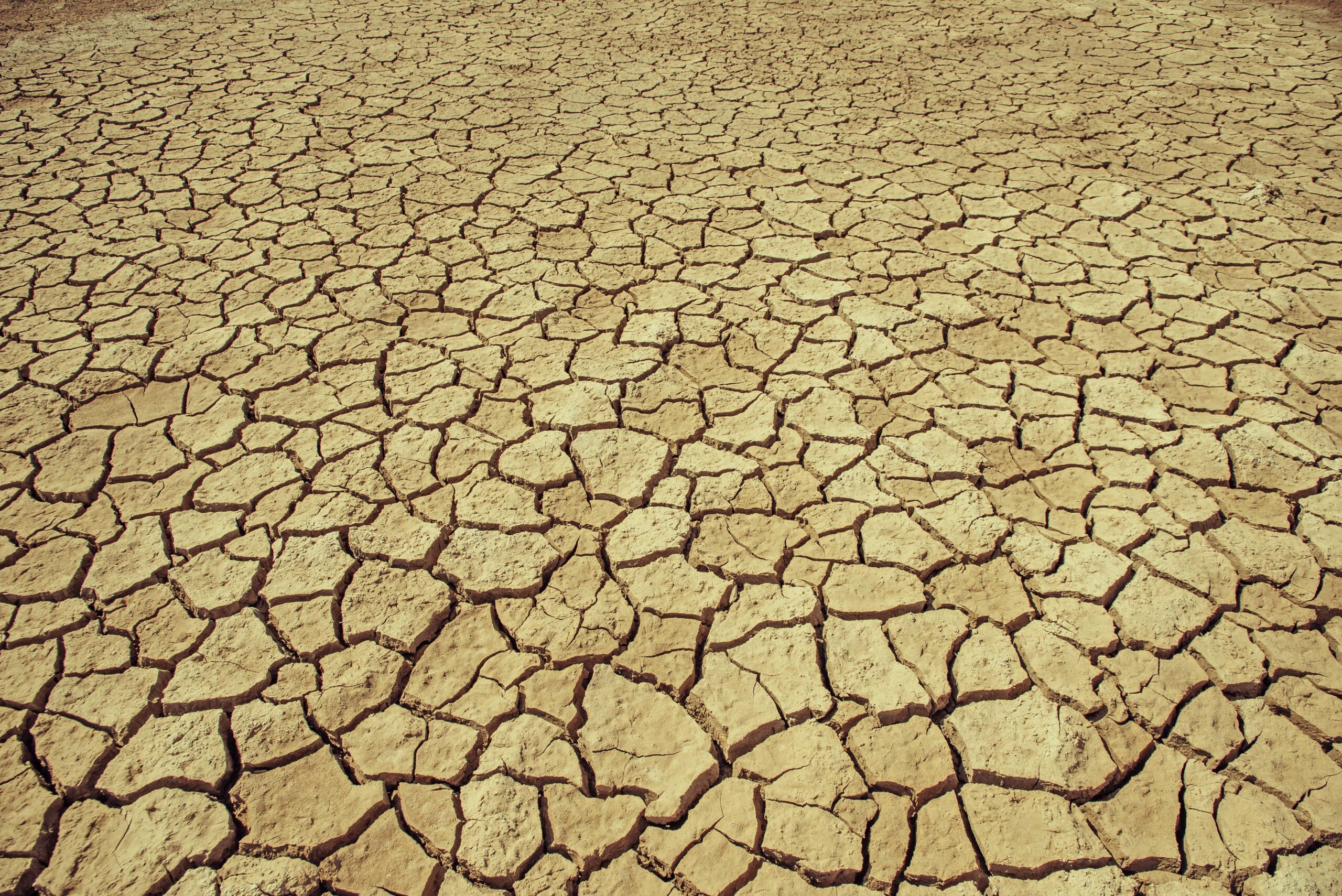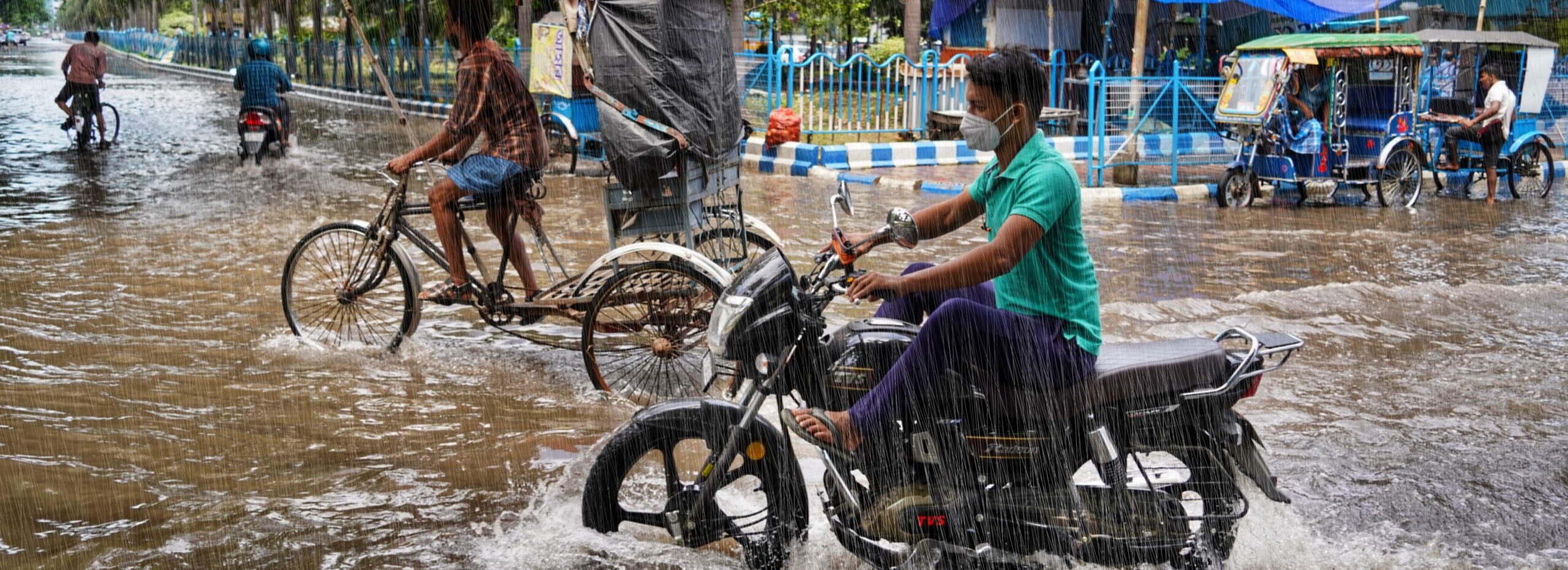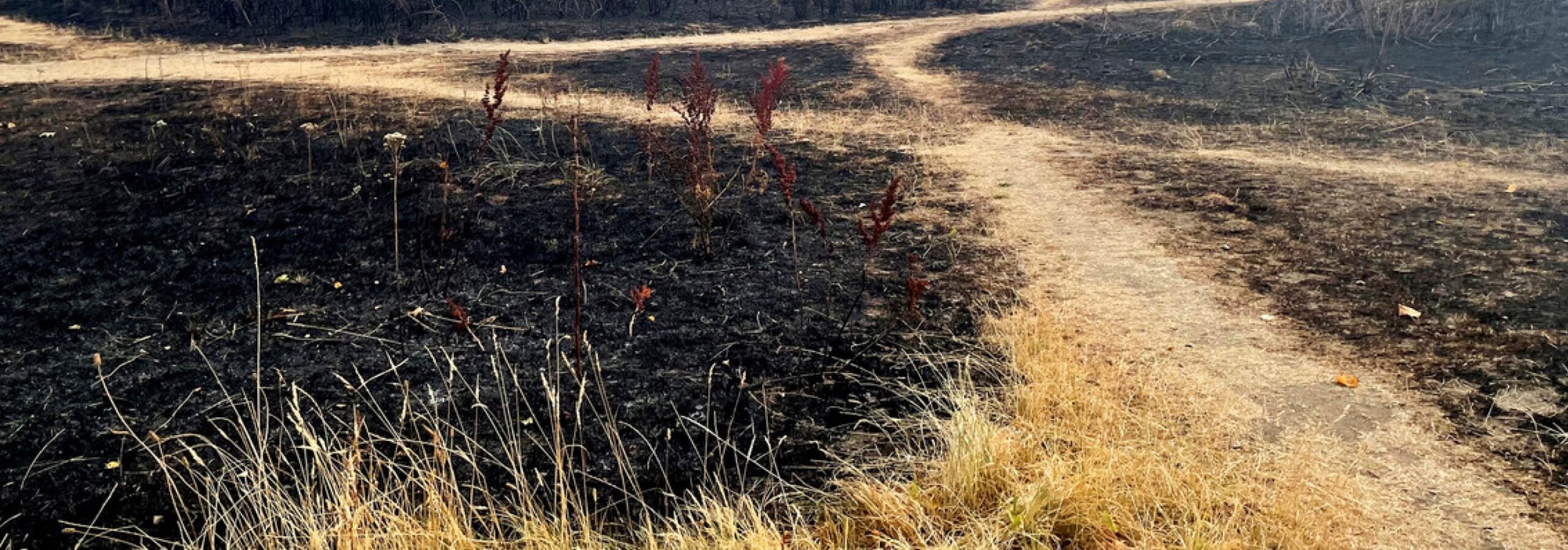The River Seine burst its banks as waters reached their highest levels in over 30 years. In Bavaria, floodwaters surged so fast they crushed houses and cars, forcing some residents to scramble to safety on their rooftops. The floods closed the famed Louvre museum, left tens of thousands without power, and is reported to have killed at least 18 people in Germany, France, Romania, and Belgium. Damages are estimated at over a billion Euros in France alone. The extreme nature of this event left many asking whether climate change may have played a role.
Event
The heavy rains that would eventually result in historic flooding began on May 26th when a large cut-off low spurred the development of several slow moving low pressure disturbances. Fueled by warm and humid air from the south, this caused clusters of heavy thunderstorms (Mesoscale Convective System) in Germany and very heavy large scale rainfall combined with showers on an almost-stationary convergence zone over France.
Climatologically, spring is a bit drier than the rest of the year in this part of the world as it has a less pronounced westerly circulation but considerable effective evaporation. In southern Germany the peak in extreme precipitation is usually in July, while May, June and August are also prone to severe weather.
In Germany, where the effects were felt first on the 27th and 28th of May in the form of widespread severe thunderstorms, vast amounts of rain were dumped on a rather small area (due to very slow storm motion) — a classic recipe for flash floods, as witnessed later that day in Braunsbach (Baden-Württemberg) on the 29th. The majority of the rain fell in just a few hours. Gundelsheim (also Baden-Württemberg) reported 122 mm (4.8 inches) between 6am on May 29th and 6am the next day (Figure 1). The storms clustered into a Mesoscale Convective System and moved slowly north causing more flooding during that day.
The same low pressure system would become the dominant synoptic force in the days that followed, with the impacts being felt over France and north up to the southern Netherlands. Moist air was transported all the way around the low pressure system, fueling torrential rains that lasted for several days and affected large portions of Northern France. The low pressure system only started to weaken on May 31st and with that the torrential rains ceased. While the event took on different forms over France and Germany, the effects were similarly devastating.

Flooding began first on smaller rivers including the Yvette and Loing — south of Paris (Figure 1). The Loing River, a tributary of the Seine, rose to levels not seen since 1982 but still short of the catastrophic January 1910 Paris floods when the Seine reached 8.0 meters (26.2 feet). The Seine – which runs directly through the heart of Paris – peaked at 6.1 meters (20 feet ) above its normal height during the night of June 3rd — a 34-year high. Farther south, in the heart of the Loire basin, tributaries of the Loire River, including the Retreve and the Sauldre Rivers, reached 50-year highs between May 31st and June 1st, flooding highways and the historic 16th-century Chambord castle. The timing of this flood was quite unusual as virtually all previous floods along the Seine and Loire River basins have occurred during winter (as opposed to spring) due to buildup of excess water over several months during the winter. Only two instances in the historical record — July 1659 and June 1856 — show flooding in months other than December, January, February or March. Clearly, this event appears to be a combination of a very wet month of May in general, coupled with very high 3-day rainfall totals in particular. Managing resulting flood risk is particularly challenging at this time of year because many reservoirs are already close to full to prepare for a typically dry summer season.
This year’s May rainfall amounts were exceptional at some stations in France (see Figure 2). The Paris-Montsouris station, recording 179 mm (7 inches), received roughly 3 months worth of rain in one month. The previous record of 133 mm (5.2 inches) was set in 1992. Orleans saw 181 mm (7.1 inches), also about 3 months of precipitation in one month. The old record was 148 mm (5.8 inches) set back in 1985.


Finally, it should be noted that this wasn’t the end of the severe weather period over Europe. Beyond what is the subject of our analysis here, flooding occurred in other parts of Germany (including another flash flood on June 2 in Bavaria), Austria and Belgium in the first few days of June. Reports of injuries due to lightning strikes during a music festival (Rock am Ring) and two tornado events in Germany complete the picture of a record-breaking severe weather period over Europe.
Analysis
To assess the potential link between the heavy rainfall in France and Germany and human-caused greenhouse gases in the atmosphere, Climate Central, the Royal Netherlands Meteorological Institute (KNMI) and the University of Oxford – as part of the World Weather Attribution (WWA)partnership which also includes Red Cross Red Crescent Climate Centre and University of Melbourne – conducted independent assessments using multiple peer-reviewed approaches. These approaches involve statistical analyses of the historical temperature record, the trend in a global climate models, regional climate models, and the results of thousands of simulations of possible weather with a regional climate model. Applying multiple methods provides scientists with a means to assess confidence in the results.
Specifically, the team looked at trends in 3-day basin averaged precipitation in France and 1-day area-maximum precipitation in southern Germany – the hardest hit region stretching from roughly 8º-51ºN and 7º-13ºE. Figure 2a shows the highest 3-day rainfall which occurred from May 29th to the 31st. This quantity represents the meteorological variable that best captures the flooding event in France. As part of our analysis, we analyzed both the Seine and the Loire river basins (See Figure 1). Figure 2b shows the highest 1-day rain amounts of the year 2016 up to June 5th, with the highest precipitation amounts in southeast Germany. While these definitions capture many important aspects of the heavy rainfall that caused these historic floods, other factors that aren’t represented in this rapid attribution study clearly contributed as well.
The team used both observational data (E-OBS gridded observations and NOAA CPC gridded observations in France and station data from the ECA&D dataset in Germany) and climate models (HadGEM3-A N216 60km, Weather@Home 50km HadRM3P, RACMO2 12km, CORDEX 12km). By comparing trends from around 1960 to 2016, or comparing the current with a “counterfactual” climate (a climate without human-caused greenhouse gas emissions), the team was able to characterize the changing nature of heavy rainfall risk in these two regions.
Results
Overall, the probability of 3-day extreme rainfall in this season has increased by at least 40 percent in France, with the best estimate of about 80 percent on the Seine and about 90 percent on the Loire. All four climate model ensembles that simulated the statistical properties of the extremes are in good overall agreement. Results for Germany were inconclusive.
France
Based on these different approaches — all of which are in agreement — the team found that global warming increased the likelihood of the heavy rains associated with the May 29 – 31 event in both the Seine and the Loire River basins.
Return times
We find that the 3-day precipitation in the Seine basin was very rare in April–June, with a return time of roughly one in hundreds of years. The event was less rare on the Loire, with a return time of roughly 1 in every 50 years.
Changing risk
By comparing recent 3-day precipitation extremes in April-June with the historical record and climate model simulations, the team found that an event like this now expected to occur roughly 80 percent more often due to climate change than it was in the past for the Seine River Basin. For the Loire River Basin 3-day precipitation extremes in April-June, the team found that an event like this is now expected roughly 90 percent more often due to climate change than it was in the past. In both cases, the increases are at least 40 percent.
Germany
Return time
At a given location the return times for 1-day precipitation as heavy as the highest observed is 1 in 3000 years. This translates to once roughly every 20 years somewhere in southern Germany.
Changing risk
The observed trend of heavy 1-day precipitation in southern Germany is significantly negative whereas the one model that has the correct distribution simulates a significant positive trend. Therefore the results for this region are inconclusive and no attribution statement can be made at this time.
Scientific parameters
| Variable | France: Precipitation Germany: Precipitation |
|---|---|
| Event definition | France: 3-day maximum basin average precipitation in April-May-June Germany: Highest 1-day grid point/ station precipitation from Jan – June 5 |
| Domain | France: The Loire River basin and the Seine River basin (see Figure 1) Southern Germany: 48º-51ºN, 7º-13ºE |
| Observational data | E-OBS gridded observations, NOAA CPC gridded observations, ECA&D station data |
| Models used | HadGEM3-A N216 (60km), Weather@Home HadRM3P (50km), RACMO2 (12km), CORDEX (12km) |
Results
| Seine River Basin | 3-day precipitation extremes in April-June show a relatively small increase of intensity since pre-industrial conditions. This has increased the probability of an extreme event like the one that occurred by about 80%. There is some uncertainty in this increase, but our results provide high confidence of an increase of at least 40%. |
|---|---|
| Observations | positive trend, not significant. |
| HadGEM3-A | 150% more often |
| Weather@Home | 70% more often |
| RACMO | 180% more often |
| CORDEX | 100% more often |
| Loire River Basin | 3-day precipitation extremes in April-June show a relatively small increase of intensity since pre-industrial conditions. This has increased the probability of an extreme event like the one that occurred by about 90%. There is some uncertainty in this increase, but our results provide high confidence of an increase of at least 40%. |
| Observations | positive trend, not significant. |
| HadGEM3-A | 30% more often |
| Weather@Home | 90% more often |
| RACMO | 150% more often |
| CORDEX | 160% more often |
| Germany | Results for this region are inconclusive. |
| Observations | >40% less often |
| RACMO | >10% more often |





